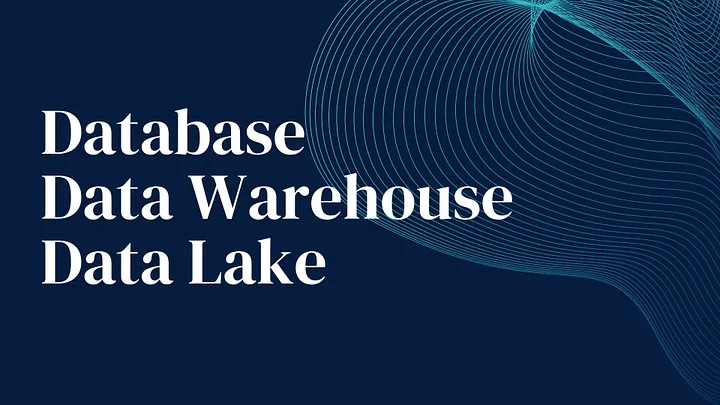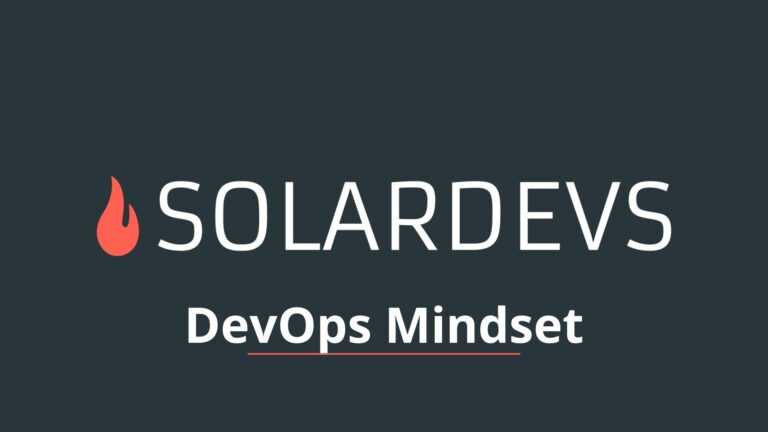In today’s digital world, data is becoming increasingly valuable for organizations. To manage and utilize this data, there are several technologies available, including databases, data lakes, and data warehouses. In this blog, we will explore the differences between these technologies and highlight the top tools (IMHO) available for each. Database vs Data Warehouse vs Data Lake.
Databases
Databases are structured collections of data that are used to store, manage, and retrieve information. They are designed to provide efficient access to specific types of data, such as customer information or product inventory. Databases are typically optimized for transactional processing, meaning that they are designed to handle a high volume of small transactions, such as updates or inserts.
Top Tools for Databases:
- PostgreSQL: This is one of the most popular free and open-source database management system.
- MySQL: This is a free and open-source database management system.
- Microsoft SQL Server: This is an enterprise relational database management system developed by Microsoft, providing a wide range of features and capabilities.
Data Warehouses
A data warehouse is a centralized repository that is designed to store structured data from multiple sources. Data warehouses are typically optimized for analytical processing, meaning that they are designed to handle complex queries and large volumes of data. Data warehouses data comes from external systems, and they are often seed through scheduled ETL processes. Data warehouses are used to support business intelligence and decision-making processes by providing a single source of truth for organizational data.
Top Tools for Data Warehouses:
- Snowflake: This is a cloud-based data warehouse that is designed to be scalable and cost-effective.
- Microsoft Azure Synapse Analytics: This is a cloud-based analytics service that combines data warehousing and big data analytics.
- Amazon Redshift: This is a cloud-based data warehousing service that provides high-performance analytics and scalability.
Data Lakes
A data lake is a centralized repository that allows organizations to store all of their structured and unstructured data at any scale. Data lakes are designed to be flexible, allowing organizations to store any type of data, regardless of its structure or format. This makes it easy for organizations to perform advanced analytics and machine learning to gain insights into their data.
Top Tools for Data Lakes:
- Amazon S3: This is a cloud-based object storage service that provides unlimited storage capacity and high durability.
- Hadoop Distributed File System (HDFS): This is a distributed file system that is designed to store and process large volumes of data across multiple nodes.
- Microsoft Azure Data Lake Storage: This is a cloud-based storage service that provides unlimited storage capacity and high durability.

Conclusion
Databases, data lakes, and data warehouses are all important technologies that organizations can use to manage and utilize their data. While each technology has its own strengths and weaknesses, the top tools for each can help organizations to achieve their specific data management and analysis goals. It is important for organizations to carefully consider their specific needs before choosing the appropriate technology and toolset.





